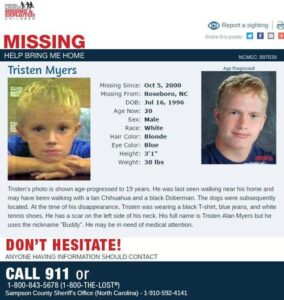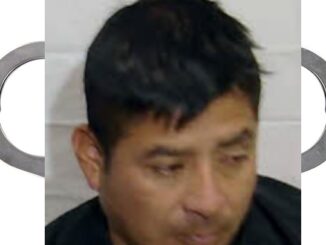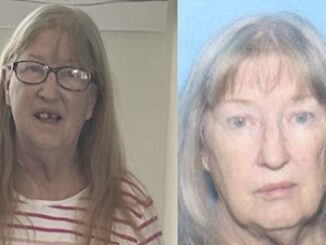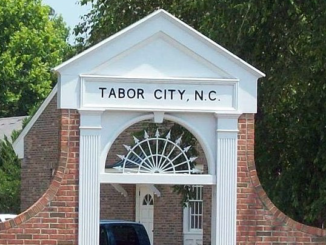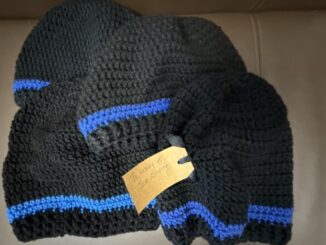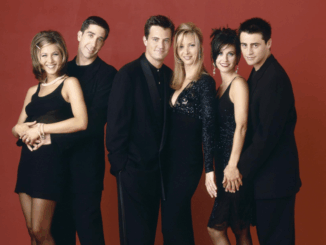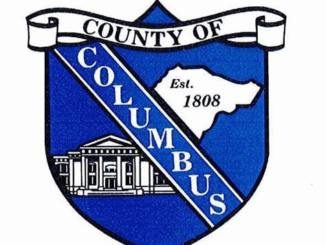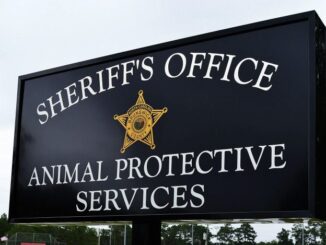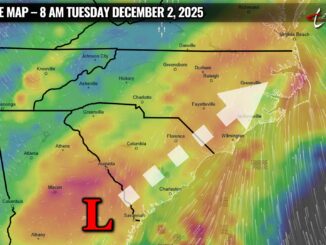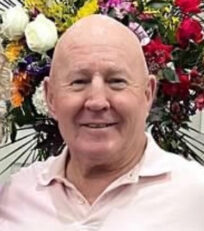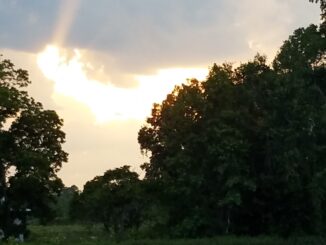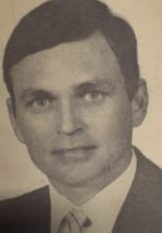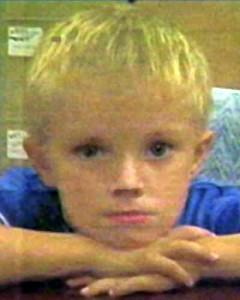
The yellow ribbons are gone now, like the little boy none of us really knew.
Buddy Myers today may be a truck driver, like his beloved Great Uncle John; he might be a soldier, possibly even flying over his childhood home near Roseboro in an airplane packed full of paratroopers. He could be a baseball or football star. He could be on his way to becoming a doctor, or awaiting the birth of a child with his wife.
I say “may” and “could” because I do not want to lose hope. That’s why we still call out his name in prayer every night, as we have for all these years. We don’t want to lose hope.
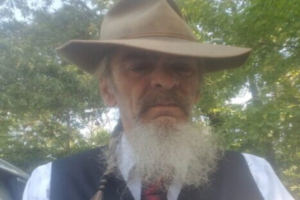
No one has seen Tristan “Buddy” Myers for 25 years. He was just four years old that day we learned his name. He laid down on the floor to take a nap, and his Great Aunt Donna nodded off on the couch. When she awoke that lovely October afternoon, Buddy was gone.
He was prone to wandering, and she checked his usual destinations – a neighbor’s horse barn, places in the yard. He and his two loyal dogs were missing. She called 911, and firefighters and law enforcement began trickling in, followed by volunteers and reporters like me.
Dust clouded Microwave Tower Road like fog by the time Miss Rhonda and I got there that evening, and flashlight beams lit the sky like the pictures you see of air raids in World War II. People were hollering “Bobby! Bobby!” because someone misunderstood the nickname for the little boy with big eyes and blonde.
Buddy had a hard life before he went to live with Donna and John; it serves no purpose to describe his trials again. Suffice to say he was just a little boy, and no child deserves what he went through before he found his home.
Life was finally good when he came to John and Donna’s house. He had not one but two dogs that he loved and who loved him; he had toys; and he was cherished by a couple who should have been enjoying retirement but who stepped up to become parents at an age when many have grandchildren or even great-grandchildren. He had a safe, stable home, a wide, neatly mown yard, clean clothes and a bed in his own room. He lived in a safe neighborhood, a country community on a dirt road where kids routinely played in their yards and parents didn’t have to worry.
Then one day he just disappeared.
I despise that word, disappeared. People just don’t dematerialize like in a science fiction movie. They don’t just vanish when the magician says “Abracadabra!” They have to go somewhere, or be taken somewhere.
But Buddy just – disappeared.
For three days and nights, searchers of all kinds walked, drive, rode and flew miles upon miles over, around and through the woods around Microwave Tower Road. They found a single shoe print that tied back to Buddy, and his favorite dinosaur toy. But there was no sign of him or his dogs.
Yellow ribbons sprouted everywhere, like jonquils heralding spring. Missing child flyers were stapled and taped to every business door, store window, and utility pole. Thousands of words were written about the search by a dozen reporters, including my father, my mother and me. Hundreds of images and videos were taken of searchers from multiple states, law enforcement and fire departments, volunteer tracking teams and even military units. The story made national news several times over, even though the Internet was still in its infancy and traditional media still ruled.
Everyone wanted to find the little boy called Buddy.
But we didn’t.
I searched as well as covered that story. Miss Rhonda shared updates on the radio, and my folks handled the other news assignments. For most of the time, I was waiting at the command center, or busting through the woods searching alongside deerhunters and Dixie Youth ball coaches, soldiers and Marines and Lumbee man trackers and professional search and rescue personnel. I wrote other stories, too, the color stories that always come with “project” stories, interviewing searchers who had become mantrackers because their own family members disappeared.
I also met a lady named Monica Caison who would become a dear friend, although at the time I didn’t think much of her. She was speaking rather sharply to the chief deputy, a lifelong friend of my family. Literally poking him in the chest. That was my first introduction to the CUE Center for Missing Persons. Monica’s passion for missing people and their families still amazes me. She never quits, and to her, every missing person is someone’s child, whether they’re an adult or a little kid like Buddy.
Monica taught me about never giving up hope.
The search was scaled down when a storm front moved in, much like the one we’re experiencing this week. Eventually even the most dogged volunteers went home.
For years we grasped at straws, hoping that someone had found a little boy wandering down the road and presumed him lost, but somehow never told anyone, maybe raising him as their own child. We don’t like to think of the other possibilities, but they are sadly more likely.
Still, we hope.
All these years later, we don’t use the past tense when referring to missing people like Buddy, except in cases where a person has been located and the family can say goodbye. We don’t say “was” or “could have been” or “Might have been”. We said “might be,” and “could be,” while praying for the day when we can definitively use the present tense “is.”
We don’t give up hope, as hard as it can be, as much as logic says otherwise.
Most important, we just don’t give up.
The yellow ribbons for Buddy are long gone now, faded, frayed and tattered, forgotten.
But the hope is still there that someday, somehow, Buddy Myers and all those like him will come home.
Buddy Myers’ disappearance is considered an active cold case by the Sampson County Sheriff’s Office. Contact the SCSO or the State Bureau of Investigation if you have any information.
